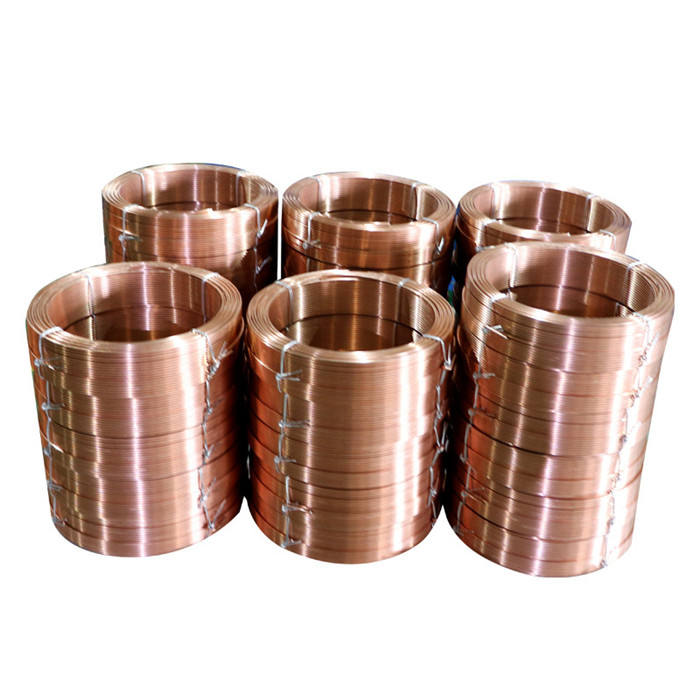Understanding Stick Welding for Stainless Steel Applications and Techniques
Stick Welding Stainless Steel A Comprehensive Guide
Stick welding, also known as Shielded Metal Arc Welding (SMAW), is a widely used welding process that is particularly effective for stainless steel applications. It involves the use of a coated electrode to create an arc between the electrode and the base metal, melting both the electrode and the workpiece to form a weld pool. Given its versatility, stick welding can be an excellent choice for stainless steel, despite the unique challenges it presents.
Understanding Stainless Steel
Stainless steel is an alloy steel that contains a minimum of 10.5% chromium, which provides excellent corrosion resistance, strength, and durability. However, welding stainless steel requires careful consideration of various factors, including the type of material, the desired properties of the weld, and the welding technique itself. Stick welding is especially valuable for its adaptability to different environments, including outdoor conditions.
Choosing the Right Consumables
The first step to effectively stick weld stainless steel is selecting the appropriate electrode. For stainless steel, AWS E308L-16 or E309L-16 electrodes are commonly recommended. These electrodes are designed for welding different grades of stainless steel and offer good corrosion resistance and mechanical properties. It’s crucial to ensure that the electrode matches the type of stainless steel being welded, as this will influence the weld's strength and corrosion resistance.
Preparing the Workpiece
Before beginning the welding process, proper surface preparation is essential. The stainless steel surfaces should be cleaned to remove any contaminants such as oil, grease, or rust that might interfere with the welding process. This can be achieved using a wire brush or solvent. Additionally, ensuring a proper fit-up and alignment of the workpieces will help in achieving a uniform weld bead and minimizing distortion during the welding process.
stick welding stainless

Setting Up the Equipment
Stick welding stainless steel typically requires a DC (Direct Current) welding machine, as this setup provides better control over the welding arc and reduces the likelihood of contamination. Setting the appropriate amperage is vital; too much heat can lead to burn-through or warping, while too little can result in poor fusion. As a general rule, the amperage should be adjusted according to the thickness of the material and the electrode diameter.
Welding Technique
When welding stainless steel with a stick welder, the key is to maintain a steady travel speed and angle. A 15 to 30-degree angle between the electrode and the workpiece, along with a consistent distance, helps produce a clean and effective weld. The weave pattern is also important; for thicker materials, a stringer bead or slight weaving might be needed, while thinner materials may require a faster travel speed with minimal movement.
Post-Weld Considerations
After welding, it’s important to conduct a visual inspection to check for defects such as cracks, undercuts, and porosity. Depending on the application, post-weld treatments like pickling, passivation, or polishing may be necessary to restore the stainless steel’s corrosion-resistant properties. These processes remove any oxidation and contaminants on the weld, enhancing the longevity of the material.
Conclusion
Stick welding stainless steel is a practical and effective process that, when performed correctly, can yield strong and durable joints. By following proper techniques regarding electrode selection, surface preparation, equipment setup, and post-weld treatment, welders can create high-quality welds that meet the demanding standards of various industries. Whether in construction, manufacturing, or repair work, mastering stick welding of stainless steel opens up numerous possibilities for professional welders.
-
E316L Welding Rod: Premium 316L Stainless Steel WeldsNewsAug.11,2025
-
Premium SG2 Welding Wire | High-Quality MIG/MAG for SteelNewsAug.10,2025
-
E309 Welding Electrode: Premium Stainless Steel Stick RodsNewsAug.09,2025
-
Premium Solid MIG Wire for Strong, Reliable WeldsNewsAug.08,2025
-
E6010 Cellulose Electrode: Deep Penetration Steel Welding RodNewsAug.07,2025
-
Premium E316L Welding Rod for 316L Stainless SteelNewsAug.06,2025


